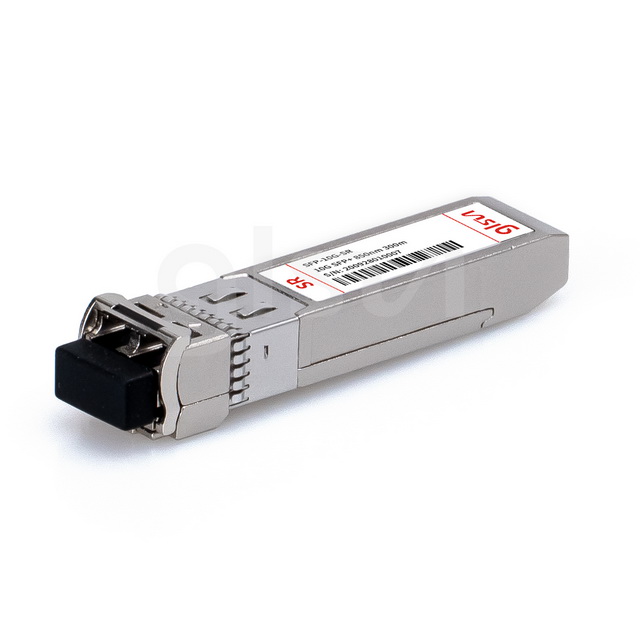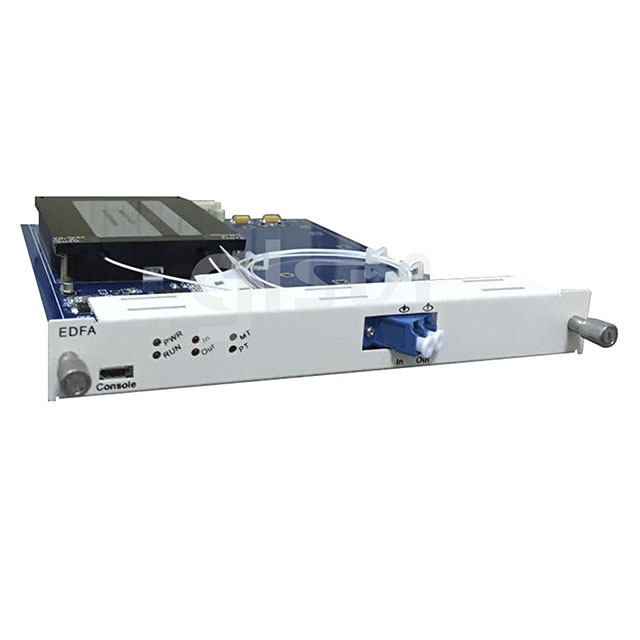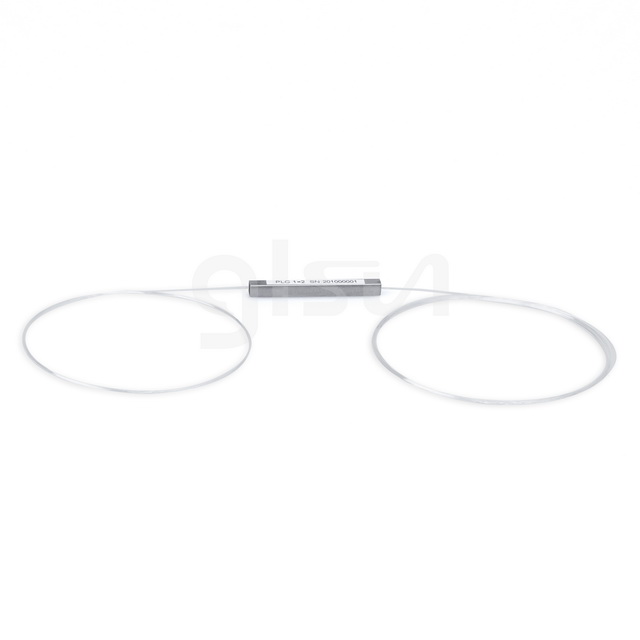Fiber Optic Tech
Unlocking the Potential of Optical Modules: A Guide to Modern Optical Communication
In the fast-paced world of telecommunications, the demand for high-speed, reliable data transmission has never been higher. Optical communication, leveraging the power of light to transmit data, stands at the forefront of this revolution. At the heart of optical communication systems lie optical modules, indispensable components that enable the seamless transmission of data over vast distances with remarkable efficiency. In this article, we delve into the current mainstream optical module types, their exceptional advantages, application scenarios, and the future trends shaping the optical communication industry.
1. Types of Optical Modules
Optical modules come in various forms, each tailored to specific requirements and applications.
Transceivers
Transceivers, short for transmitter-receivers, are perhaps the most ubiquitous optical modules in use today. They integrate both a transmitter and a receiver into a single package, facilitating bidirectional data transmission over optical fibers. They play a pivotal role in enabling high-speed, long-distance, and reliable data transmission in various industries. From data centers to telecommunication networks, optical modules serve as the backbone of modern communication infrastructure. Transceivers are available in diverse form factors such as SFP, SFP+, QSFP, and QSFP28, catering to different data rates and network architectures.

Optical Amplifiers
Optical amplifiers play a critical role in extending the reach and enhancing the signal quality of optical communication systems. Erbium-doped fiber amplifiers (EDFAs) and semiconductor optical amplifiers (SOAs) are among the most widely deployed optical amplifiers, offering unparalleled signal amplification capabilities across various optical wavelengths.

Optical Splitters
Optical splitters, also known as couplers, facilitate the distribution of optical signals to multiple destinations. These passive optical components divide incoming optical signals into two or more outputs, enabling efficient sharing of optical bandwidth in fiber optic networks.

2. Advantages of Optical Modules
Optical modules offer several compelling advantages over traditional electrical communication systems:
High Bandwidth
Optical communication harnesses the immense bandwidth of light, enabling the transmission of vast amounts of data over long distances without signal degradation. Optical modules support data rates ranging from megabits to terabits per second, making them ideal for high-speed communication applications.
Low Latency
Compared to electrical communication systems, optical modules exhibit significantly lower latency, enabling real-time data transmission critical for applications such as financial trading, cloud computing, and multimedia streaming.
Immunity to Electromagnetic Interference (EMI)
Optical communication is immune to electromagnetic interference, ensuring reliable data transmission in electrically noisy environments commonly found in industrial settings and high-voltage power lines.
The versatility of optical modules renders them indispensable across various industries and applications
Telecommunications
Optical modules form the backbone of telecommunications networks, facilitating high-speed data transmission between telecommunication hubs, data centers, and end-users.
Data Centers
In data center environments, optical modules power interconnect solutions, enabling seamless communication between servers, storage devices, and networking equipment while minimizing latency and power consumption.
Enterprise Networking
Enterprises rely on optical modules to establish high-speed, reliable communication links between geographically dispersed offices, enabling efficient data sharing and collaboration among employees.
As the demand for high-speed, low-latency communication continues to escalate, several key trends are shaping the future of optical communication.
Higher Data Rates
Advancements in optical technology are driving the development of optical modules capable of supporting higher data rates, enabling the next generation of ultra-fast communication networks.
Integration and Miniaturization
The trend towards integration and miniaturization is driving the development of compact, highly integrated optical modules suitable for space-constrained applications such as mobile devices and IoT (Internet of Things) devices.
Emerging Technologies
Innovations such as silicon photonics and quantum communication hold the potential to revolutionize optical communication, enabling new paradigms in data transmission, encryption, and sensing.
In conclusion, optical modules represent the cornerstone of modern optical communication systems, offering unparalleled performance, reliability, and scalability across diverse applications. As technology continues to evolve, optical modules will play an increasingly pivotal role in shaping the future of telecommunications, empowering businesses and individuals alike to stay connected in an ever-expanding digital world.



















